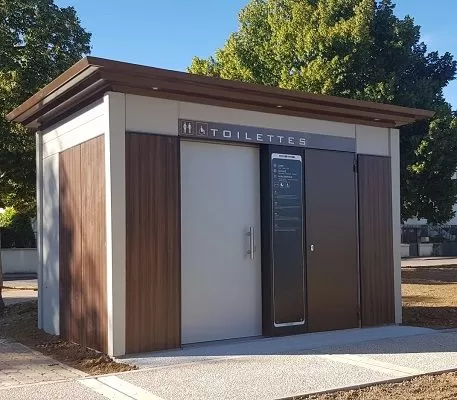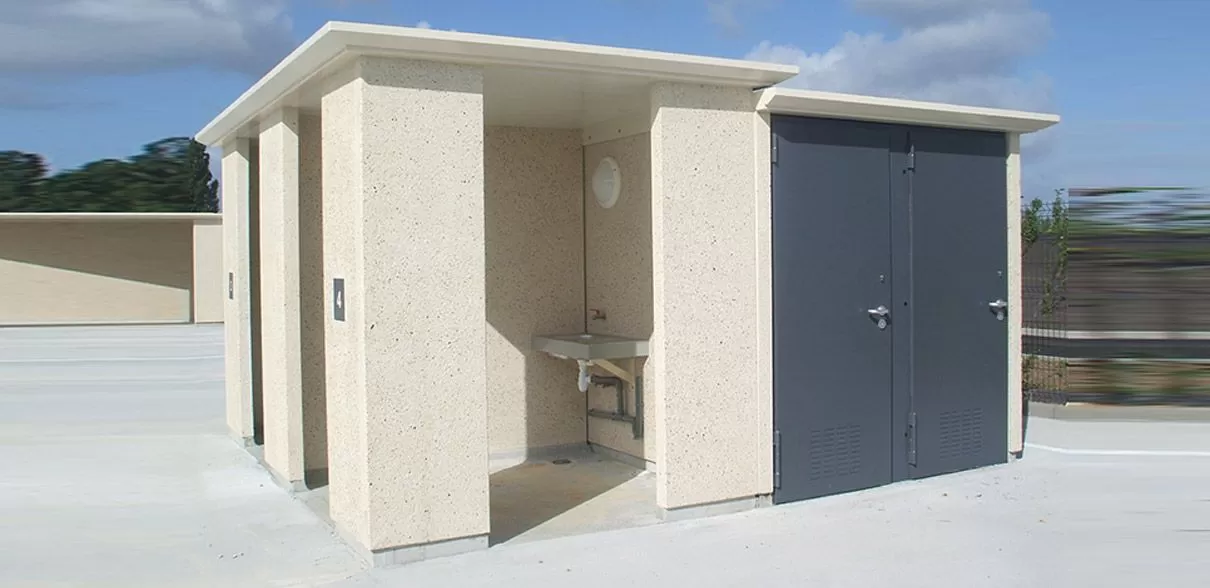Many towns and cities are constructing public toilets. Usually located near public squares, they are very popular in busy cities. If they smell bad and are dirty, this can negatively affect the image of the company that designed them. Public toilets must be regularly maintained to keep them clean and accessible. How can they be maintained more sustainably?
Public health: a hot topic !
Public health is a major concern for both cities and local communities. The control of epidemics by a community must be strengthened by absolute control over common areas. This includes shopping centres and all establishments and services in the public area.
What is public health?
The term “public health” was coined and defined by the World Health Organization (WHO) in 1952. It was defined as ""the science and art of preventing disease, prolonging life and improving physical and mental health at an individual and collective level"".
In other words, public health covers the joint efforts made by communities to manage and control diseases likely to have a negative impact on the population. This involves prevention and all actions intended to limit the spread of germs and bacteria.
An unprecedented health crisis
Since the health crisis, keeping toilets clean and disinfected has never been more important. The implementation of distancing measures and the Health Pass are precautions intended to reduce the spread of the pandemic. Public toilets had to be closed as the risk of infection was too high. But now that communities have a clearer picture of the situation, they have decided that disinfection processes are effective in safeguarding public health.
Anti-odour solutions
A bad smell is the first indication that a toilet facility is not being properly maintained. Sometimes odours can persist even after public toilets have been cleaned. They can be mix with the smell of the products used for cleaning and disinfection. Anti-odour solutions can provide a healthier, more pleasant environment.
Ventilation systems must be properly maintained
Air purification requires the air to be replaced. Fragrance diffusers lose their effectiveness if the ventilation system is poorly maintained. Unpleasant odours can only be eliminated by replacing the air. Filter ventilation systems can reduce both odours and airborne bacteria. These bacteria are also responsible for unpleasant odours. Simply add an intelligent diffusion system in the toilet to get rid of persistent odours.
Getting to the source of odours
In order to reduce bad smells, we need to address the factors that cause them. Rubbish bins, for example, can be responsible for up to 70% of bad odours. They are more sensitive to heat and humidity and tend to generate strong odours more quickly. Regular emptying and cleaning will reduce nuisances.
Regular cleaning of toilet bowls is essential, as is regular cleaning of the floors and walls. The better the cleaning process, the less the odours will persist. Most professional cleaning products are chemical in nature and cannot remove all odours. The best product for eliminating odours is baking soda. In powder form it is more environmentally-friendly, more economical and very effective in eliminating limescale and odours.
Self-cleaning toilets as a sustainable solution
Bacteria must be regularly eliminated from public toilets to preserve public health. Some of the more advanced toilet fittings can help minimize contact. Seat covers and integrated motion detectors prevent direct contact with germs. But that's not enough to keep the toilets clean.
Preventing poor behaviours
Managing cleanliness can be a real headache as public cubicles are used on a regular basis. The environment is also subject to humidity and heat, which promotes the emergence of germs and their spread.
Poor behaviours, which are still very common, only accelerates this process and requires greater vigilance. Local authority employees can actually be less effective than self-cleaning toilet cubicles.
To combat poor behaviours such as blocked toilets and urine on walls, public toilets should be cleaned roughly every 5 minutes. In some cases, however, maintenance staff also have to deal with theft, damage and impolite language from users.
Francioli self-cleaning toilets: how do they work?
Self-cleaning public toilets are effective in improving health security. These systems also reduce contact inside the cubicle, while ensuring cleanliness and safety for users.
Flushing systems can also be included (outdoor toilets and urinals). Soap, water and hand dryers can be automated as well. This avoids people coming into contact with the walls and push-buttons.
Floor washing is also automated. This can be highly convenient for towns and cities with public toilet facilities. They improve hygiene and save on maintenance and operating costs.
In terms of safety, Francioli's automated toilets feature an automated locking system during certain time slots. This reduces the number of visits at night, and prevents them having to be closed each week.




